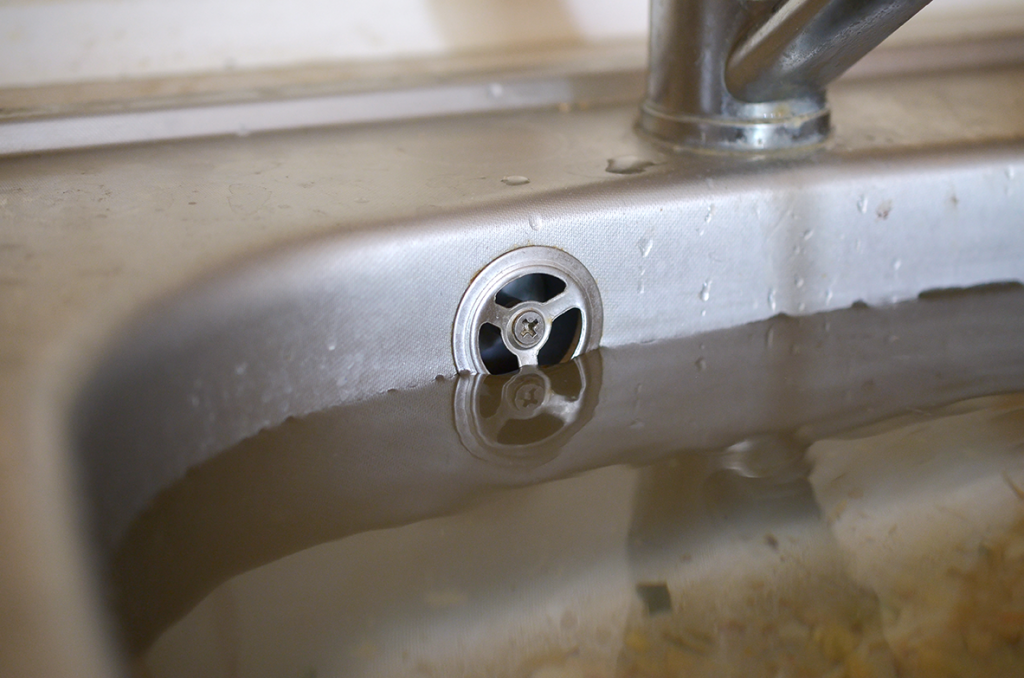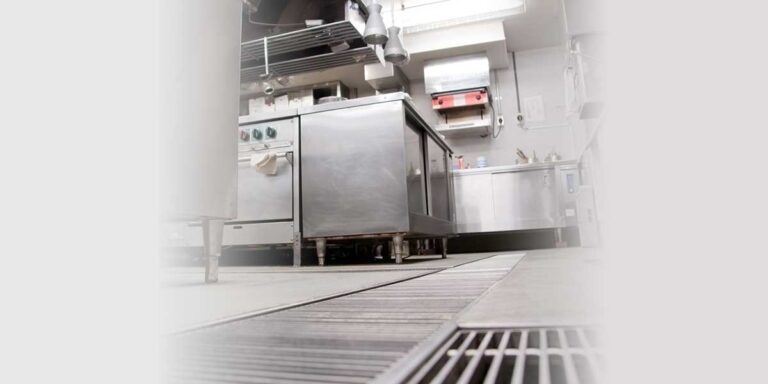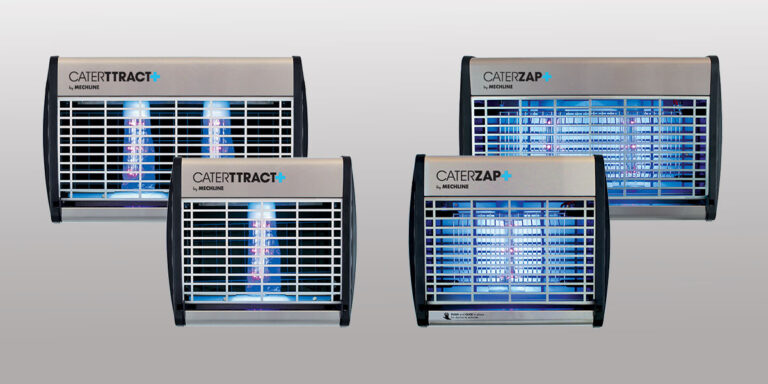Every day, restaurants and hospitality businesses all over the country send a tidal wave of food waste down their drains and into the water system –– some do it unwittingly, others perhaps hope that it may remain a greasy little secret. Whether it comes from plates, dishes, or in-sink disposal units, fats, oils, grease and starches (FOGS) can quickly build up in pipes and sewers, wreaking havoc on your drainage system – and on the sewerage system as a whole. Considering the high volume of dishes and the nature of the catering industry, it’s unsurprising that drains in commercial kitchens get clogged as often as they do.
Here we explore three of the most common issues that can affect your drains and what you can do to keep your pipes – and your kitchen – flowing with ease.
1. Food waste blockages
Perhaps it’s stating the obvious, but food waste blockages are a common threat to the health of your commercial kitchen drainage system. At peak operating hours, it’s not hard to see how catering staff may be a little negligent about what goes down the drain. With so much to wash in a commercial kitchen, food debris from the preparation phase, as well as leftovers, can slink into the drain, seemingly unnoticed –– just flush them down with enough water, right? The truth is, leftover food is quite partial to any u-bend narrow enough for it to comfortably lodge itself in.
Waste can quickly build up, and eventually, dirty water will start backing up into your sink –– a hygiene disaster for eating establishments. Expect unpleasant smells and lots of frustration as you try to unclog your drain from what will by now have mutated into unrecognisable, decomposed mush.
Thankfully, such issues are completely avoidable. First, of course, it’s necessary for best practice to be applied at all times. Staff should be clearly informed about the dangers ( and plumbing costs ) of a blocked drain, and their role in preventing this from happening. You can download our handy stop-and-think poster which acts as a visual guide for what can and can’t go down the plughole. And of course, if there are rogue food particles after the plate has been scraped into the bin, a good quality sink waste strainer will help to capture them.
2. Problems with your FOGS management system
So, getting back to all that lovely FOGS…
There are a wide variety of technologies out there to help you manage your Fats, Oils and Grease (FOG) – from simple grease traps to more advanced automated grease removal units (GRUs), accredited biological dosing systems, or some combination of all three. If starches are your main concern, you may want to look at adding a biological solution that specifically tackles FOG and starches (or FOGS), into your grease management system. It’s not uncommon for restaurants to be struggling with their FOGS – simply because they have the wrong solution installed. And often, it’s not even their fault…
Operators can often be advised to install a grease trap as the go-to solution but more often, the problem requires a multi-layered approach. A proper site evaluation can help highlight the most suitable solution(s) for your kitchen. Again, it’s all about maintenance. The biggest problems arise when operators fail to empty grease traps often enough or don’t replace their bio-fluid when required –– which results in the equipment not performing as it was designed to. Unmaintained grease traps become non-effective and often become blocked, which can cause FOGS to back up into the system and prevent water from draining properly.
A highly efficient combined FOGS system requires less frequency of servicing and emptying than a standalone grease trap, and can help you maintain your systems better.
3. Building-related drainage issues
Ultimately, good drainage starts during the building process. The drainage system needs to be properly planned, fitted, and maintained at every stage. If it is installed in the wrong location or you inherit a building that has an unsuitable drainage system, the floor may need to be taken up, adding complications and further costs.
If your venue already has a kitchen in situ, you may be able to work with what you’ve got and design your new space around the existing drainage. If, for example, you are converting a warehouse, you may need to take up flooring and add channels to install drainage. If your kitchen is in a multi-storey building, it’s important to consider how the drainage will be accessed and who might be affected. Historic buildings may present unique challenges in terms of planning permission and so on, particularly if you are working in a Grade II listed building.
Running a kitchen with effective drainage isn’t always easy, but remember, it is always best to act preventatively by installing the correct technology/equipment, taking care to carry out regular maintenance, and training your staff to apply best practice at all times.








